Half a fandom blog and half a creature art blog.
Last active 4 hours ago
Don't wanna be here? Send us removal request.
Text

red blood cell girl bringing you oxygen on a cute little platter and then curtseying
38K notes
·
View notes
Photo
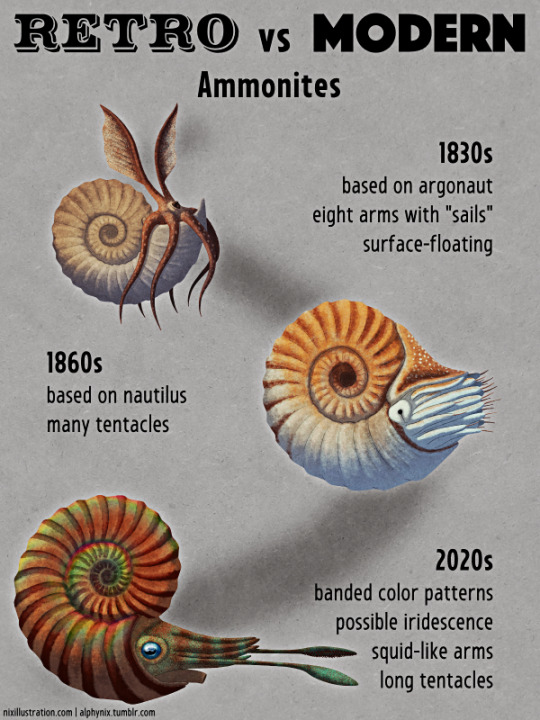
Retro vs Modern #17: Ammonites
Ammonites (or ammonoids) are highly distinctive and instantly recognizable fossils that have been found all around the world for thousands of years, and have been associated with a wide range of folkloric and mythologic interpretations – including snakestones, buffalo stones, shaligrams, and the horns of Ammon, with the latter eventually inspiring the scientific name for this group of ancient molluscs.
(Unlike the other entries in this series the reconstructions shown here are somewhat generalized ammonites. They’re not intended to depict a specific species, but the shell shape is mostly based on Asteroceras obtusum.)
1830s
It was only in the 1700s that ammonites began to be recognized as the remains of cephalopod shells, but the lack of soft part impressions made the rest of their anatomy a mystery. The very first known life reconstruction was part of the Duria Antiquior scene painted in 1830, but to modern eyes it probably isn’t immediately obvious as even being an ammonite, depicted as a strange little boat-like thing to the right of the battling ichthyosaur and plesiosaur.
The argonaut octopus, or “paper nautilus”, was considered to be the closest living model for ammonites at the time due to superficial similarities in its “shell” shape, but these modern animals were also rather poorly understood. They were commonly inaccurately illustrated as floating around on the ocean surface using the expanded surfaces on two of their tentacles as “sails” – and so ammonites were initially reconstructed in the same way.
1860s
While increasing scientific knowledge of the chambered nautilus led to it being proposed as a better model for ammonites in the mid-1830s, the argonaut-style depictions continued for several decades.
Interestingly the earliest known non-argonaut reconstruction of an ammonite, in the first edition of La Terre Avant Le Déluge in 1863, actually showed a very squid-like animal inside an ammonite shell, with eight arms and two longer tentacles. But this was quickly “corrected” in later editions to a much more nautilus-like version with numerous cirri-like tentacles and a large hood.
The nautilus model for ammonites eventually became the standard by the end of the 19th century, although they continued to be reconstructed as surface-floaters. Bottom-dwelling ammonite interpretations were also popular for a while in the early 20th century, being shown as creeping animals with nautilus-like anatomy and numerous octopus-like tentacles, before open water active swimmers eventually became the standard representation.
2020s
During the 20th century opinions on the closest living relatives of ammonites began to shift away from nautiluses and towards the coleoids (squid, cuttlefish, and octopuses). The consensus by the 1990s was that both ammonites and coleoids had a common ancestry within the bactridids, and ammonites were considered to have likely had ten arms (at least ancestrally) and were probably much more squid-like after all.
Little was still actually known about these cephalopods’ soft parts, but some internal anatomy had at least been figured out by the early 21st century. Enigmatic fossils known as aptychi had been found preserved in position within ammonite shell cavities, and were initially thought to be an operculum closing off the shell against predators – but are currently considered to instead be part of the jaw apparatus along with a radula.
Tentative ink sac traces were also found in some specimens (although these are now disputed), and what were thought to be poorly-preserved digestive organs, but the actual external life appearance of ammonites was still basically unknown. By the mid-2010s the best guess reconstructions were based on muscle attachment sites that suggested the presence of a large squid-like siphon.
Possible evidence of banded color patterns were also sometimes found preserved on shells, while others showed iridescent patterns that might have been visible on the surface in life.
In the late 2010s the continued scarcity of ammonite soft tissue was potentially explained as being the same reason true squid fossils are so incredibly rare – their biochemistry may have simply been incompatible with the vast majority of preservation conditions.
But then something amazing happened.
In early 2021 a “naked” ammonite missing its shell was described, preserving most of the body in exceptional detail – although frustratingly the arms were missing, giving no clarification to their possible number or arrangement. But then just a few months later another study focusing on mysterious hook-like structures in some ammonite fossils concluded that they came from the clubbed tips of a pair of long squid-like tentacles – the first direct evidence of any ammonite appendages!
A third soft-tissue study at the end of the year added in some further confirmation that ammonites were much more coleoid-like than nautilus-like, with more evidence of a squid-style siphon, along with evidece of powerful muscles that retracted the ammonite’s body deep inside its shell cavity for protection.
Since ammonites existed for over 340 million years in a wide range of habitats and ecological roles, and came in a massive variety of shapes and sizes, it’s extremely likely that their soft anatomy was just as diverse as their shells – so there’s no single “one reconstruction fits all” for their life appearances. Still, at least we now have something less speculative to work with for restorations, even if it’s a bit generalized and composite, and now that we’re finally starting to find that elusive soft tissue there’s the potential for us to discover so much more about these iconic fossil animals.
———
Nix Illustration | Tumblr | Twitter | Patreon
3K notes
·
View notes
Text
Some avian fauna from a worldbuilding project of mine.

The Field Bishop is a megafaunal, flightless weaver bird. Like its smaller ancestors, it uses vegetation to construct elaborate nests, keeping itself and its young safe. Its grasping feet and flexible legs have evolved for this task. The nests are typically constructed of large branches with smaller sticks woven in to fill the gaps, and look something like an amphitheatre crossed with a hedge maze.
Many other, small animals live commensaly or symbiotically within these structures. Pannagers are basal artiodactyls that walk bipedally and have convergently evolved some similarities to primates. These satyr-like beasts are gregarious and intelligent, and will lead the Bishops to rich foraging grounds in exchange for setting up home in their nests.

Grouse and gamebirds of all kinds populate the open grasslands. The Delivery Grouse is a domesticated species that is used in much the same way as a carrier pigeon. It is larger, about the size of a turkey, and can carry heavier parcels. This limits its ability to fly, but it is a swift runner with an unerring sense of direction.
Buster Grouse are much larger and far more ferocious, filling a niche similar to Phorusrhachid terror birds. Despite their menacing appearance, they usually go for prey smaller than themselves. This is thought to be to reduce competition with the larger mammalian predators of the steppes through niche partitioning.

Swarms of Pollen Peepers, small but loud alderflies that emerge en masse in the rainy season, draw a host of insectivores. The Storm Sailor is chief amongst these, covering vast distances by riding air currents, and cramming as many flies as it can into its gaping beak.
The Slot Hawker is an unusual falcon that has adapted to its craggy environment using an elongated beak that allows it to probe rock crevices for prey. It typically goes for rodents and lizards, but this buffet of insects is too tempting to miss.
This seasonal abundance also draws out typically nocturnal species like the Furbat. The rains also result in a sudden glut of fruits and seeds, with resulting population booms in granivorous species like the Ricefinch.
#cs art#creature art#creature design#bird art#digital art#fantasy art#realistic fantasy#worldbuilding#Mama Deghma loves her daughters#original species
1 note
·
View note
Text
Getting verified to open art commissions on VGen
Hi all, I'm @crittersketches. I'm an artist with a generally cutesy and colourful style, posting my scribbles here as I get to grips with digital techniques. I love drawing fantastical creatures, some grounded in science, others a bit more out-there. I also like to practice character art, whether my own OCs, friends' D&D characters, or from media I enjoy.
I'm currently considering doing art commissions, and preferably I'd like to do them through VGen. It's a really cool site, by artists, for artists, with a general anti-generative AI stance that I'm in favour of. I need to get verified first, though. If this post gets to 5 comments and 100 likes, I can receive an access code and open my account!
My VGen profile: https://vgen.co/ChocolateSawfish
#VGenCode
Some examples of my art below~







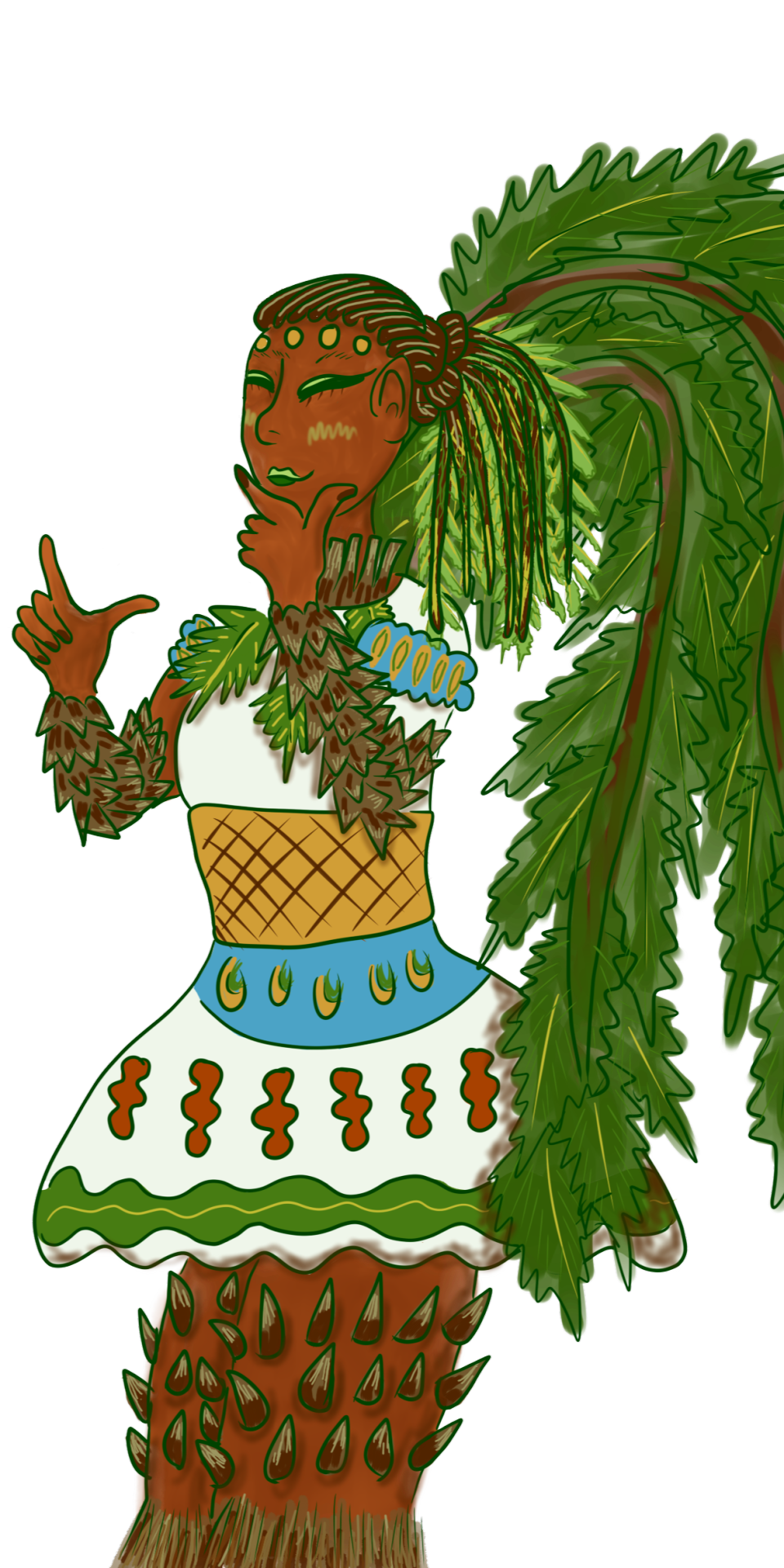
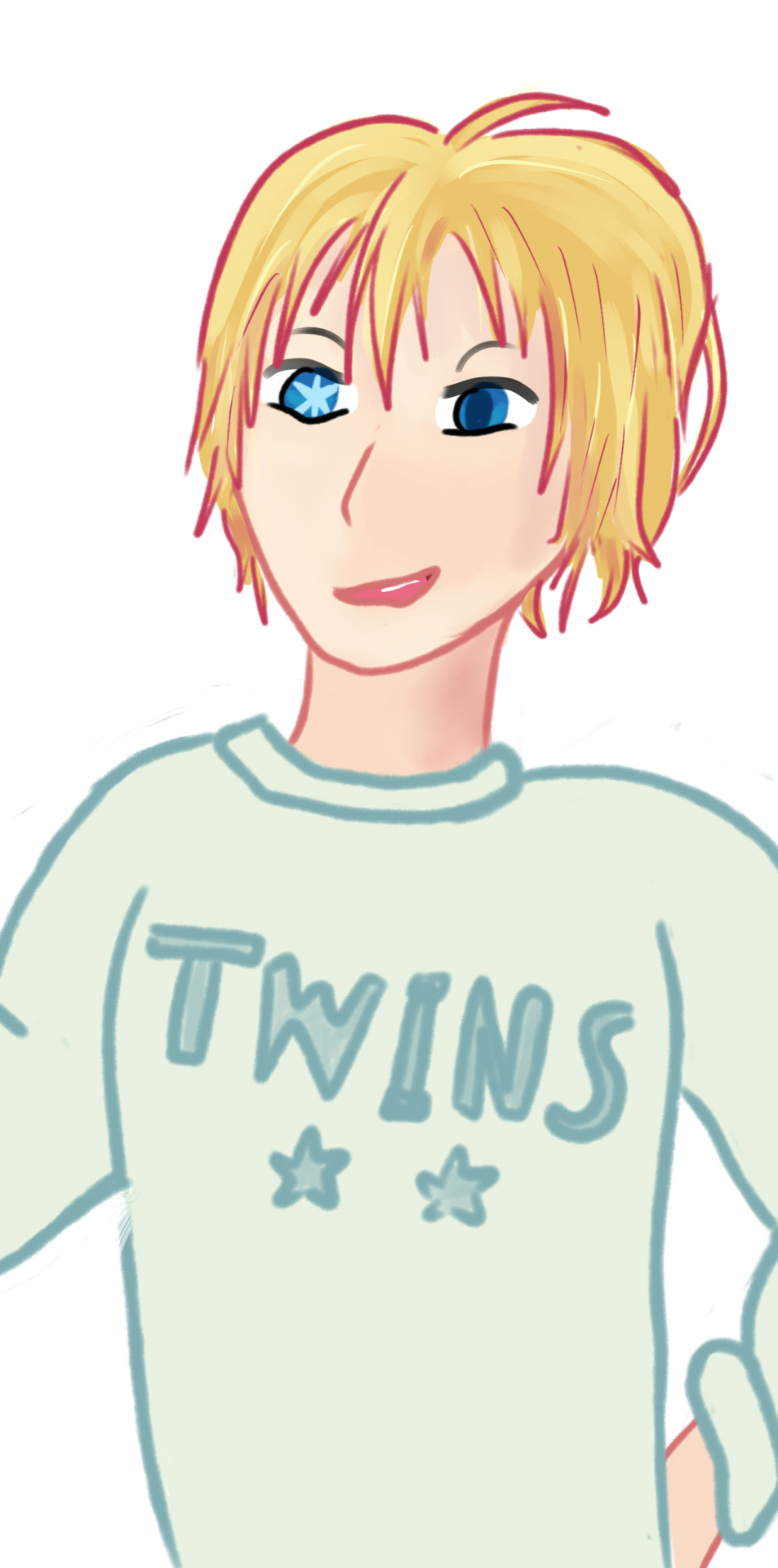
Thank you for reading, any likes and comments are appreciated! Fingers crossed 🤞
#art commissions#digital art#cs art#character art#character design#original art#original character#creature art#creature design#monster art#beast art#fantasy art#artists on tumblr#oc commission#art community#new artist
0 notes
Text
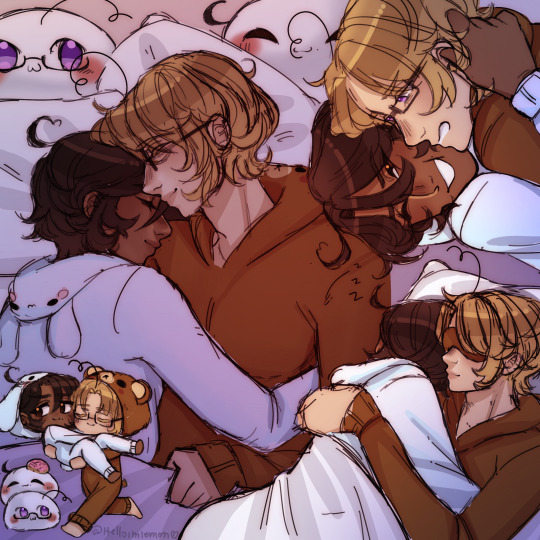
Mexico X Canada <3 I love these cutie pies and yes Santi picked rilakkuma for mattie.
117 notes
·
View notes
Text

if he keeps shaving i fear i might turn into a france artist to FIX IT‼️
548 notes
·
View notes
Text
on watching a parent age
i saw somebody say “what if you’re gone and i haven’t become anything yet” and basically that broke me on a random thursday evening

60K notes
·
View notes
Text

The Landaus artwork for International Lynx Day supposed to be posted on June 11th but my laptop started being a fool and turned its screen pink. Finished it nonetheless!
72 notes
·
View notes
Text
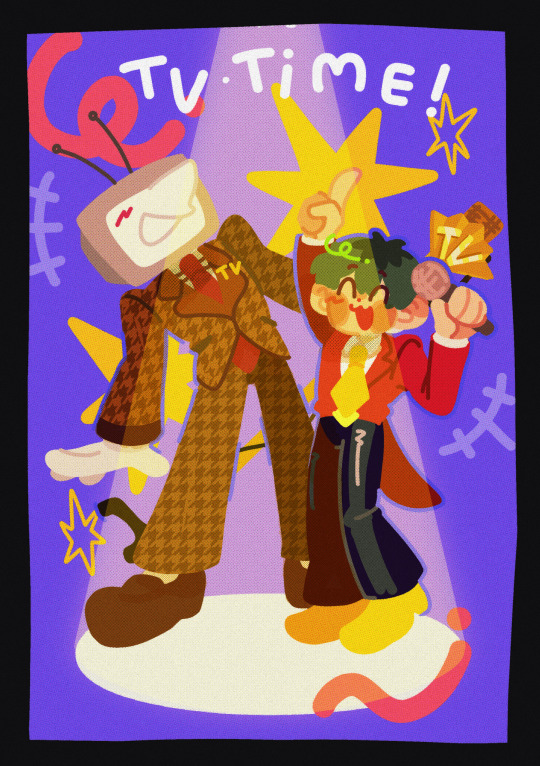

hey so,
#spectacular#the crossover ever#hypmic#sasara nurude#deltarune#deltarune spoilers#spamton#spamtenna#tenna deltarune#doomed yaoi
83 notes
·
View notes
Text
brothers \(・◡・)/ (・–・)


(og idea by @/kronkydei_ on twt!)
175 notes
·
View notes
Text

biblically accurate hnbn
73 notes
·
View notes
Text

Lowkey obsessed with the song lol
111 notes
·
View notes
Text
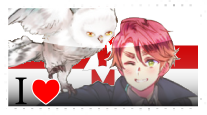




I made Stamps for the brits and Ireland!
23 notes
·
View notes
Text

The Trial o' Blight (or Trialoblight), an enormous, marine arthropod that carries a symbiotic water mould on its exoskeleton. The mould weakens large prey, allowing the invertebrate to more easily pierce their defences with its bladed limbs.
Concept & art by me, done in SAI.
#trialoblight#invertebrates#arthropods#marine invertebrates#creature art#creature design#monster design#water mould#microbes#sci fi art#genome inc
1 note
·
View note
Text


Creatures designed by an internet friend and drawn by me. Inspired by the scene in Pirates of the Caribbean: At World's End in which the ship is rolled along the back of a horde of crabs, only instead of a ship it's... a bowling ball. Technically it's an oyster that secretes the pearl on the outside of its body, but functionally it works as a big ol' boulder the crabs can heave about and crush foes with.
#black pearl#barbossan crab#genome inc#creature art#digital art#crabs#bivalves#invertebrates#creature design
4 notes
·
View notes

